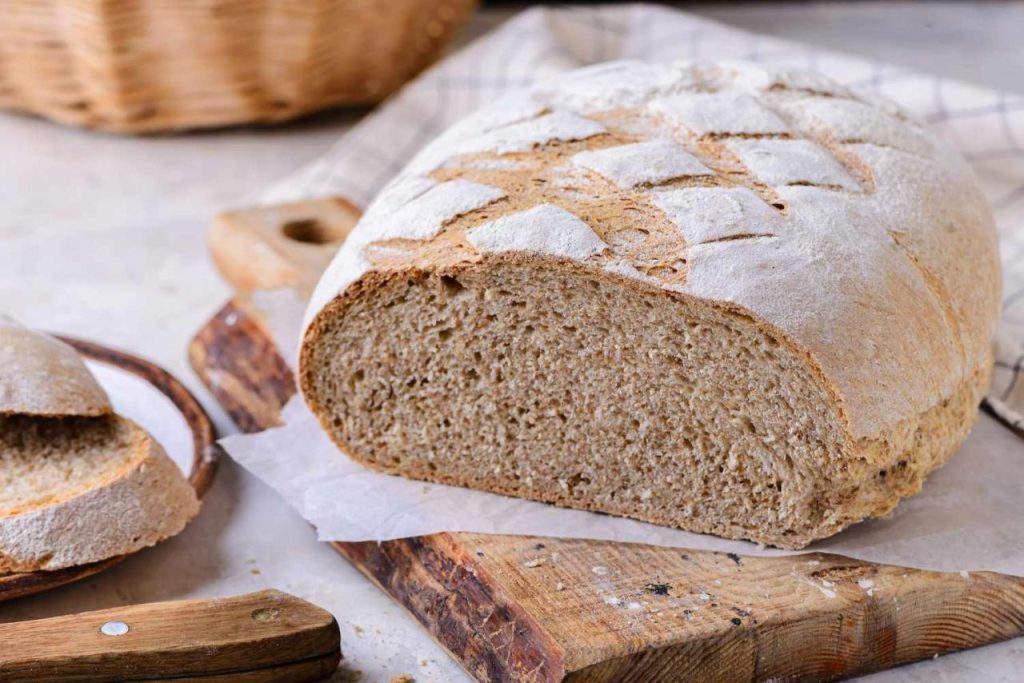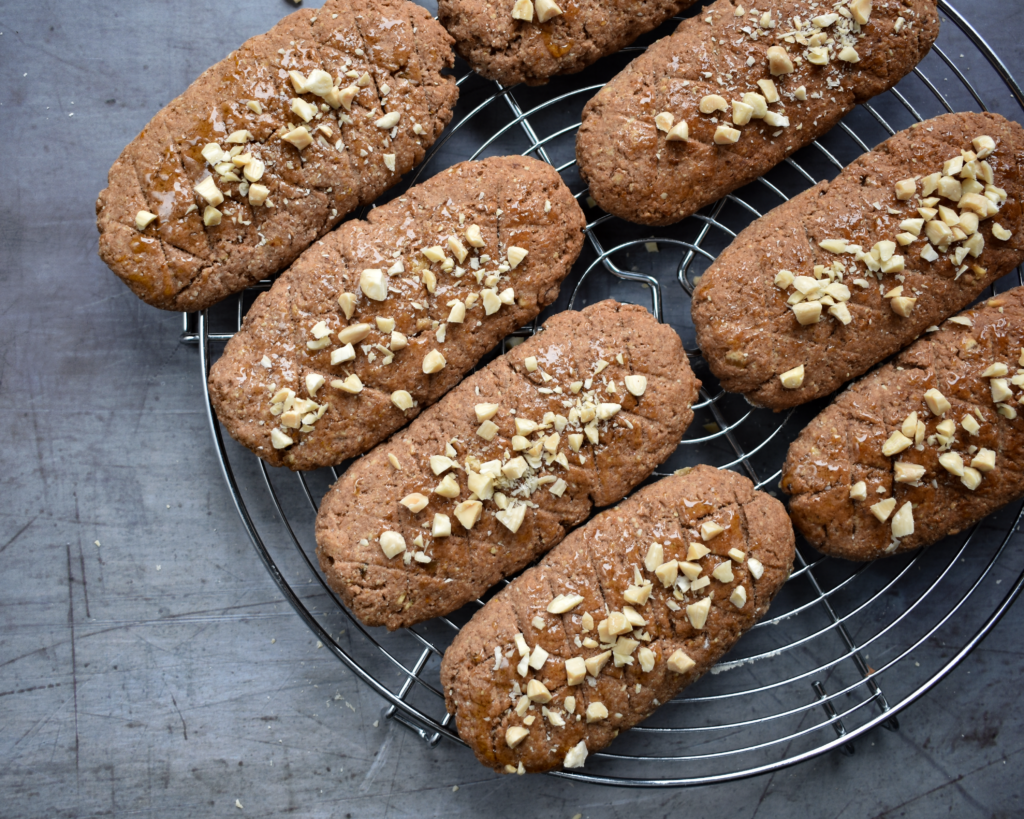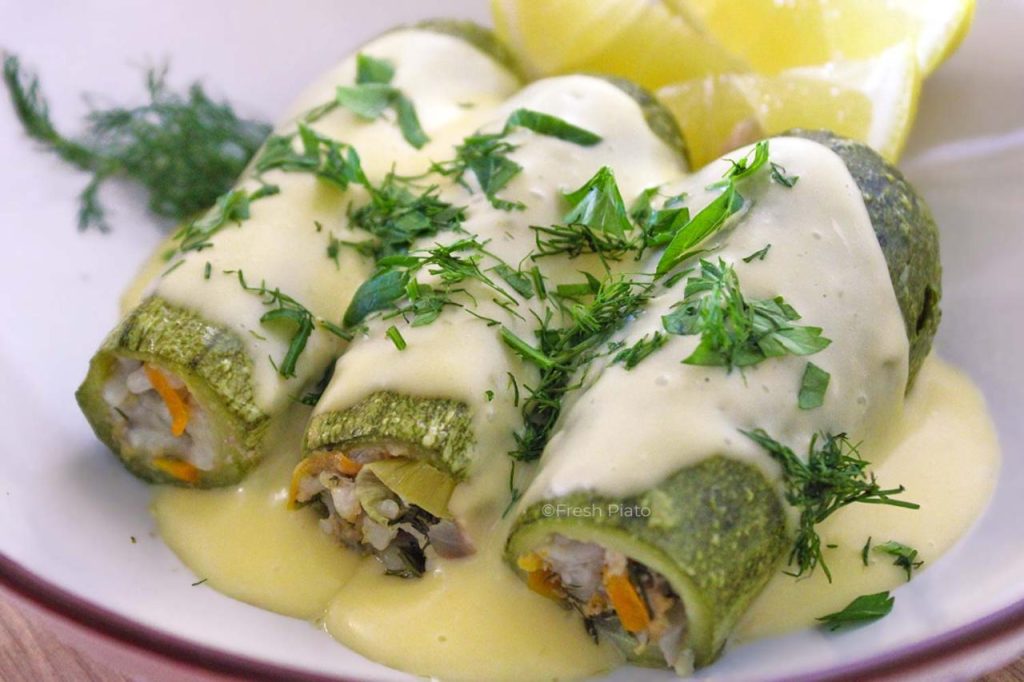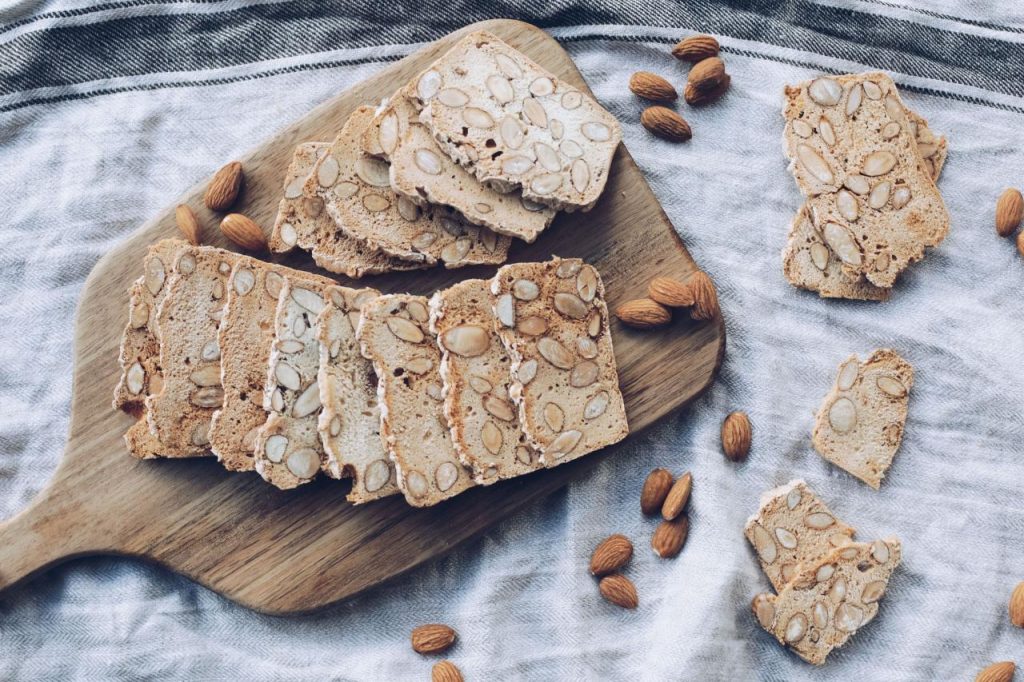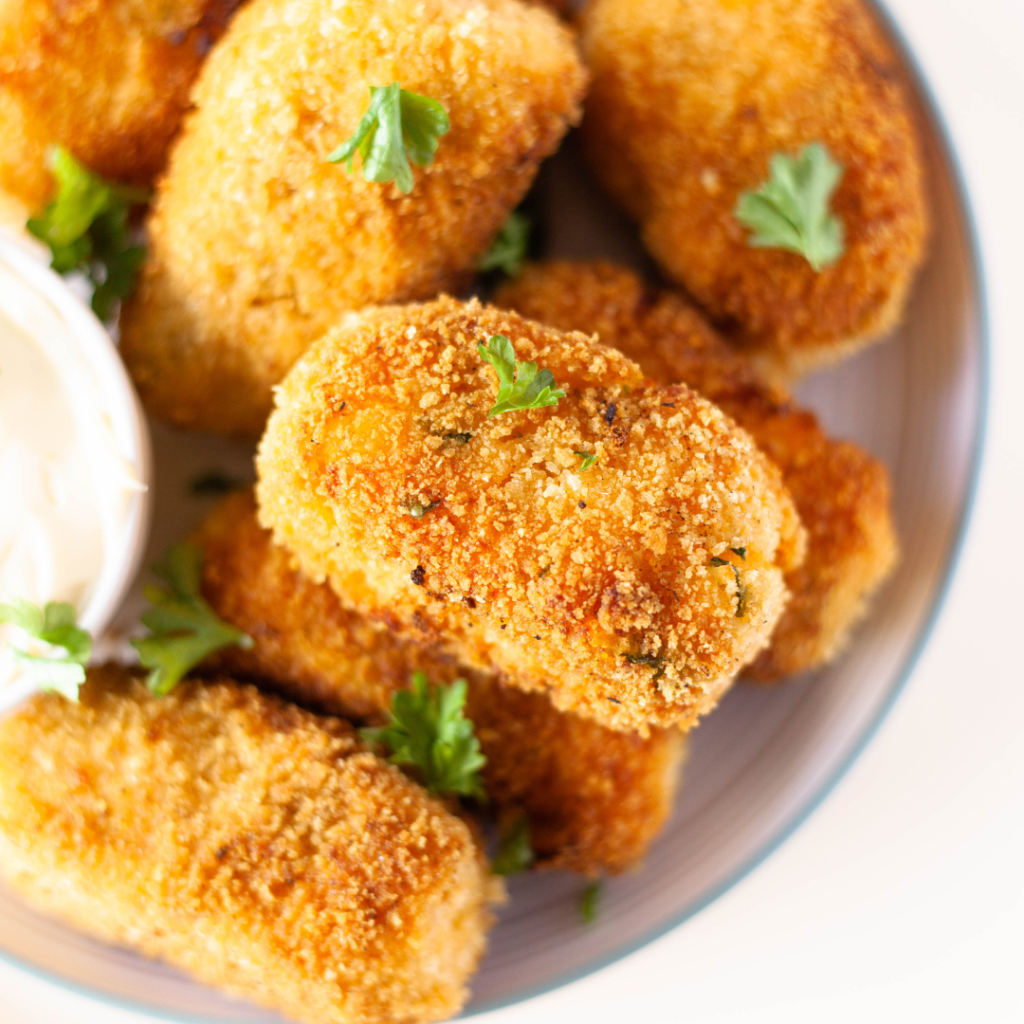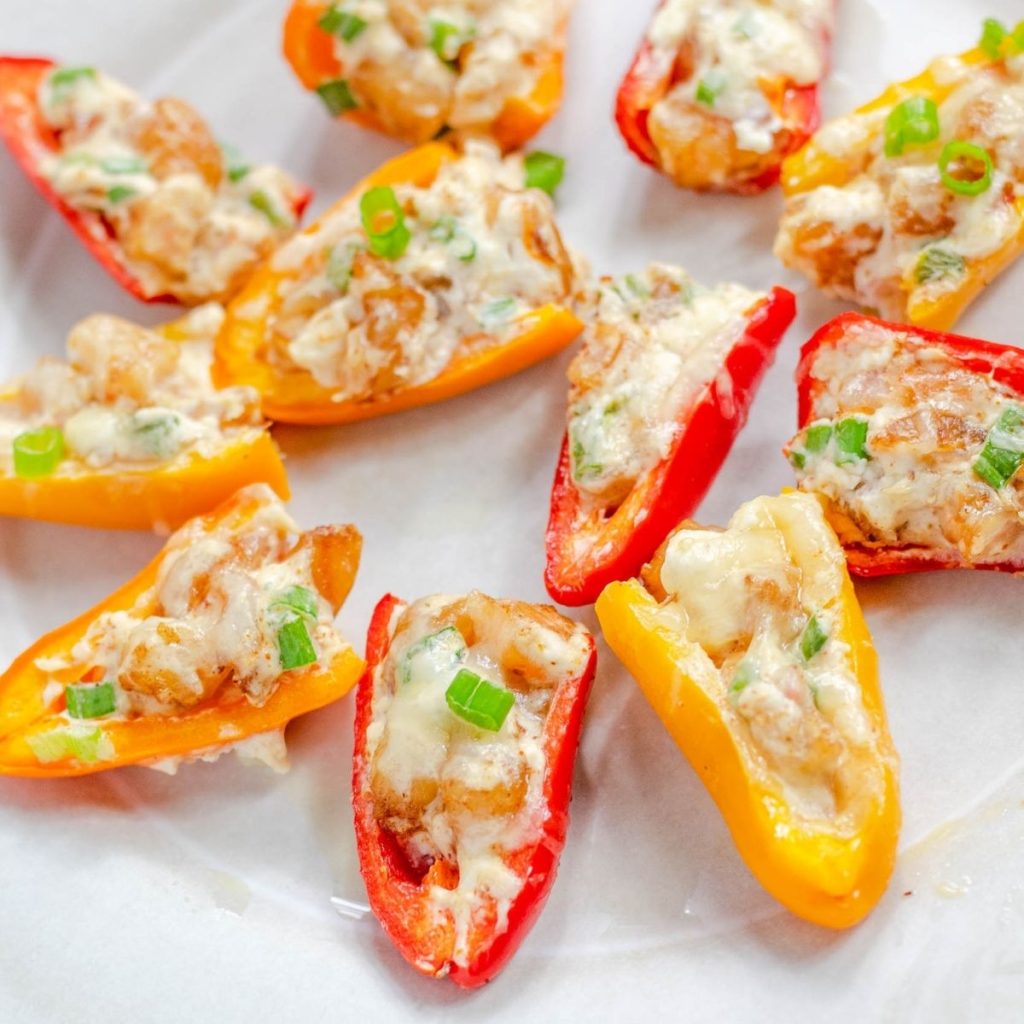Welcome to my personal journey of mastering the art of Russian DimLama! If you’re an English-speaking food easy recipes enthusiast with a keen interest in Russian cuisine, you’ve come to the right place. In this blog, we will delve into the origins and ingredients of DimLama, a delicious dish that hails from Central Asia. Whether you’re a meat lover or prefer vegan options, we will explore the traditional recipe and provide tips on how to make it your own. Additionally, we will cover essential cooking techniques to ensure your DimLama is perfectly layered and bursting with flavor. Finally, we will discuss serving and pairing suggestions, as well as answer some frequently asked questions to help you create a memorable dining experience. So, grab your apron and let’s embark on this culinary adventure together!
Exploring the Origins and Ingredients of DimLama: A Taste of Central Asia
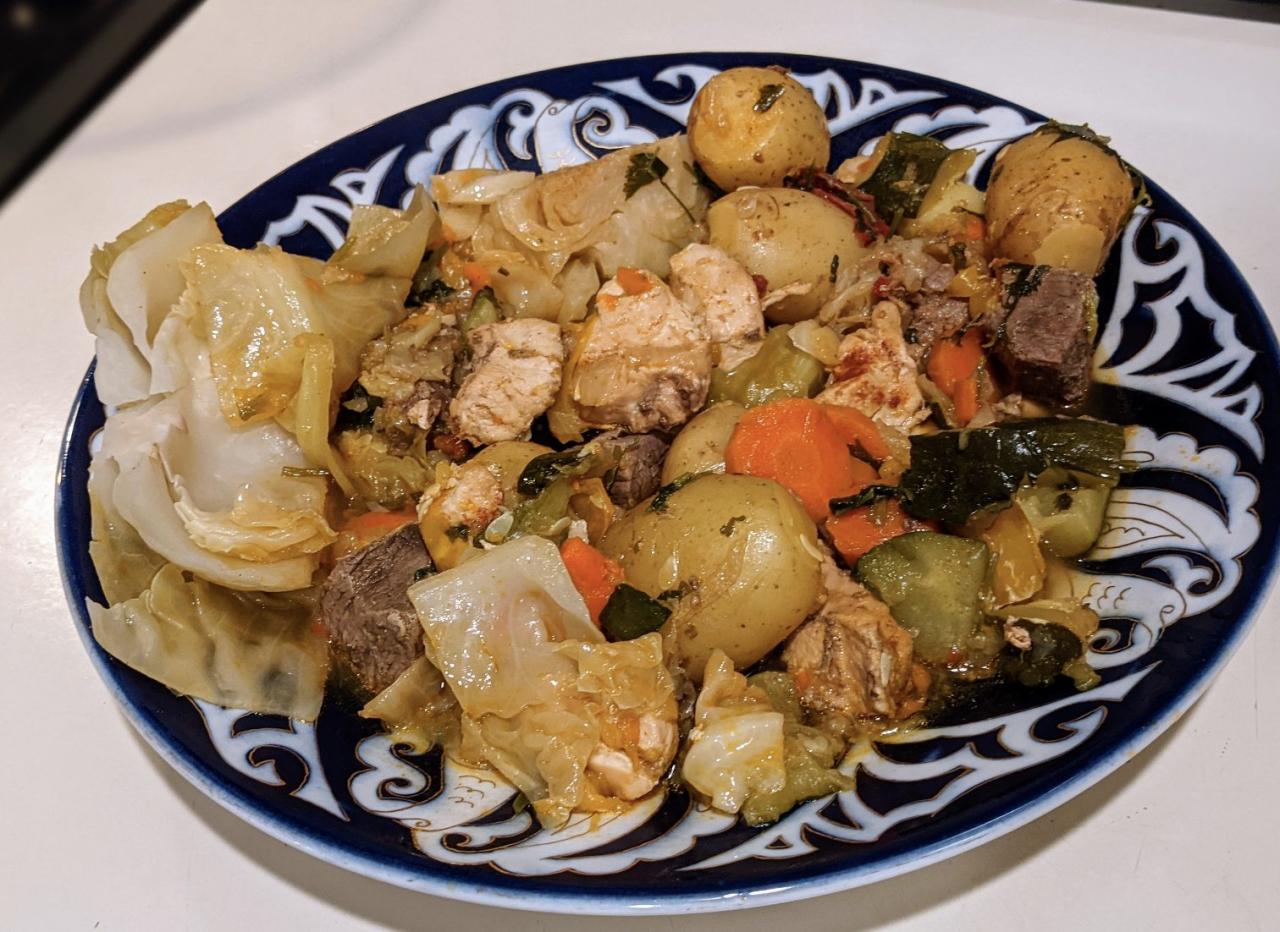
Dimlama is a popular Uzbek dish that has also gained popularity in other Central Asian and former Soviet countries. This Turkic stew is made with a combination of potatoes, onions, garlic, carrots, tomatoes, turnips, peppers, cumin, cabbage, and lamb, veal, or beef. While a vegetarian version can be made, the taste is not the same without the addition of meat.
Traditionally, dimlama is enjoyed during the annual harvest time when there is an abundance of vegetables in Uzbekistan and the surrounding region. All the ingredients are cut into large pieces and cooked in their own juices, resulting in a hearty stew. It is typically served on a large plate and eaten with a spoon.
The word “dimlama” translates to “boil” in languages belonging to the Turkic language group, which accurately describes the cooking method of this stew. Dimlama has its roots in Central Asia, particularly in the territory of present-day Uzbekistan, and has been enjoyed since the Middle Ages.
Central Asian cuisines heavily rely on underground vegetables due to the limited availability of above-ground vegetables in the region. During the harvest season, there is an abundance of vegetables, and throughout history, people have found ways to make use of this bounty by preparing hearty and delicious stews like dimlama.
Dimlama is just one of several traditional stews in Central Asian cuisine, along with Uzbek shurpa and others. It is a flavorful and satisfying dish that showcases the rich culinary heritage of the region. Whether you choose to make it with meat or go for a vegetarian option, dimlama is sure to delight your taste buds with its combination of fresh vegetables and aromatic spices.
Mastering the Traditional Russian DimLama Recipe: From Meat to Vegan Options
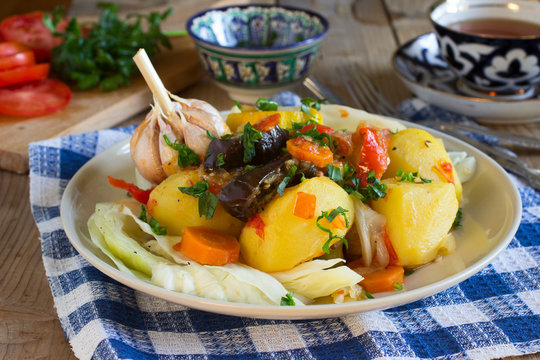
In our previous section, we delved into the rich culinary heritage of Russia and explored the traditional DimLama recipe. This flavorful and hearty stew is perfect for colder weather or for a comforting meal. Traditionally, DimLama calls for meat, typically lamb or beef, but did you know that there are also delicious vegan variations available?
DimLama is known for its rich and aromatic flavors, with ingredients like onions, garlic, carrots, potatoes, and a variety of spices. The cooking process involves slow cooking the ingredients together, allowing the flavors to meld and develop. In the meat version, bone-in pieces are often used, adding an extra depth of flavor to the stew.
However, for those who prefer a plant-based diet, there are fantastic vegan options for DimLama as well. Plant-based proteins like tofu, seitan, or tempeh can be used as a substitute for the meat, still capturing the essence of the traditional dish with its hearty and satisfying nature.
Whether you choose the meat or vegan version of DimLama, it can be served on its own or with a side of rice, mashed potatoes, or crusty bread to soak up the flavorful broth. The dish is also versatile and can be customized with additional vegetables or spices to suit individual preferences.
Mastering the traditional DimLama recipe allows you to explore the culinary heritage of Russia and enjoy a delicious and comforting meal, regardless of your dietary preferences. In the next section, we will provide you with some cooking tips, ideas on how to serve DimLama, and answer some frequently asked questions about this beloved Russian dish. So, let’s dive in and discover the secrets to mastering DimLama!
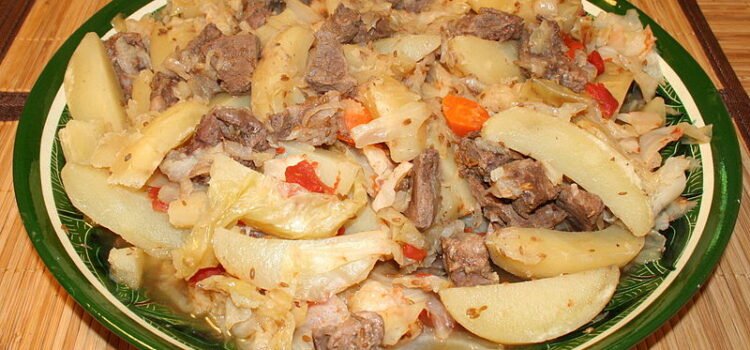
Russian DimLama recipe
Ingredients
- 1 pound leg of lamb cut into portions
- 1 cup olive oil
- 4 potatoes cut into rings
- 4 tomatoes peeled, cut into slices
- 4 carrots
- 4 peppers of all colors
- 1/2 cabbage
- 2 large onions
- a few bay leaves
- 1 bunch parsley
- little cumin
- plenty of salt
- some freshly ground pepper
Instructions
- Place portions of lamb in a bowl, add a little cumin, 2-3 tablespoons. salt, lots of freshly ground pepper and let marinate for as long as we cut our vegetables.
- Cut the vegetables in the order they will get food.
- Put then in a large pot one by one the pieces of lamb, covering the bottom.
- Cut into thick slices onion and spread over the meat. Add a little more pepper on top.
- Cut the cabbage into coarse pieces and poured over these and other materials.
- Finely chop parsley and add it and the pot.
- Cut the potatoes with a mandolin (special tool for cutting vegetables) in thick "corduroy" pieces and spread over the remaining ingredients in saucepan us.
- Corduroy Chop carrots and spread over the remaining ingredients (like potatoes).
- Add 2 bay leaves and salt (for second time).
- Chondrokovoume peppers and poured them over and eat.
- Again with a little cumin and bay leaves and 3 for third time, a little salt.
- Continuing, spread tomatoes over the remaining ingredients.
- Finally, add some more chopped parsley and drizzle with olive oil. Cover the pot with the lid and allow to boil over medium-high heat for 45-50 minutes without adding any water.
Video
Notes
Essential Cooking Techniques for Perfectly Layered and Flavored DimLama
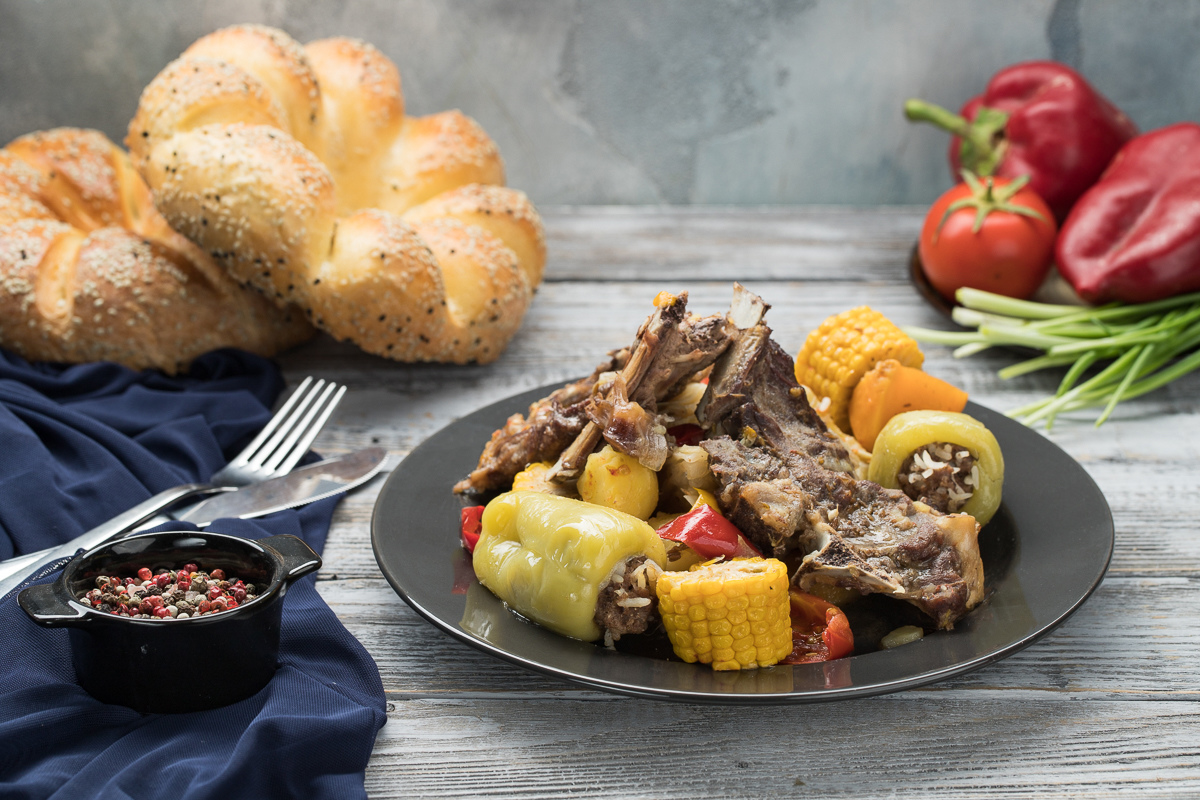
DimLama is a traditional Uzbek dish known for its rich flavors and perfectly layered presentation. To achieve the best results, it is important to follow specific cooking techniques and layering methods.
The key ingredients for DimLama include young lamb on the bone and fat tail fat, which provide a delicious base for the dish. Carrots and onions are then added in layers, enhancing the flavors and adding texture. It is recommended to cut the carrots and onions into large rings, but if you are using a large bowl, you can opt for even larger pieces.
Seasoning is crucial in DimLama to bring out the flavors of each layer. Salt, pepper, and spices should be sprinkled on each layer, ensuring a well-balanced taste throughout the dish. Additionally, garlic can be added to some of the layers, providing a distinct aroma and flavor.
After the carrots and onions, coarsely chopped greens and thick eggplant rings are laid out. This adds freshness and depth to the dish. Sweet tomatoes, cut into large rings (or halves if using a large bowl), are then placed on top of the greens and onions. Another layer of greens and onions is added for an extra burst of flavor.
Next, coarsely chopped potatoes are added along with spices and salt. It is recommended to leave the garlic cloves partially peeled and include them in this layer. Finally, a layer of cabbage is placed on top, covering all the vegetables like a lid.
To ensure that the flavors are sealed in, it is important to tightly cover the vegetables. This can be achieved by placing a wet towel over the top of the dish, preventing the liquid from steaming out.
DimLama should be cooked on low heat for approximately 2.5 hours, allowing the flavors to meld together. After cooking, you may notice that the vegetables have softened, which is completely normal. To serve DimLama, you can arrange the vegetables in reverse order on a dish, starting with the cabbage and ending with the potatoes.
The aroma of DimLama is truly intoxicating, filling your kitchen with enticing scents. It is a dish that requires patience and attention to detail, but the end result is well worth the effort. Remember, cooking time may vary depending on the size of the dish you use, so it’s important to keep an eye on the progress.
By following these essential cooking techniques and layering methods, you can achieve a perfectly layered and flavored DimLama that will impress your friends and family. Enjoy exploring the flavors of this traditional Uzbek dish!
Serving and Pairing DimLama: Tips and FAQs for a Memorable Dining Experience
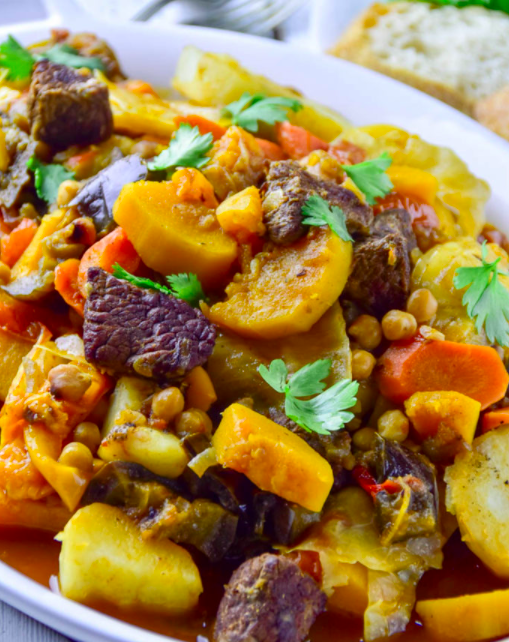
Now that we have a better understanding of what constitutes as fine dining, let’s delve into some tips and FAQs for serving and pairing DimLama, a popular dish in Russian cuisine.
DimLama, also known as dymdama, is a Turkic and Uzbek stew that typically consists of meat (such as lamb or beef), potatoes, onions, and a variety of vegetables and fruits. It can also be made as a vegan option by stewing vegetables without any meat. The flavors of DimLama are enhanced by spices such as cumin and coriander, creating a rich and aromatic dish.
When serving DimLama in a fine dining setting, it’s important to pay attention to the presentation. The stew is traditionally served in individual bowls, with layers of meat, vegetables, and sauce carefully arranged. This layering not only adds visual appeal but also allows the flavors to meld together.
As a fine dining waiter, it’s essential to have a deep understanding of the ingredients used in DimLama and be able to offer suggestions from the menu. Customers may have questions about the flavors, spice levels, or the best wine pairing for their meal. Speaking of wine pairing, fine dining restaurants often have sommeliers who can assist customers in choosing the right wine to complement the flavors of DimLama.
In addition to being knowledgeable about the dish, fine dining waiters should also be attentive and provide a comfortable and luxurious environment for their clientele. This means being attentive to customers’ needs, ensuring their glasses are never empty, and providing top-notch service throughout the dining experience.
It’s important to note that working as a fine dining waiter requires technical education beyond the basics of serving food. The job can be physically and mentally exhausting, as you have to be attentive and alert at all times during your shift. However, the rewards are worth it, as you get to be a part of creating a memorable dining experience for your customers.
In a fine dining setting, following proper etiquette is crucial. This includes knowing how to properly place cutlery, serve dishes, and present food to customers. These small details contribute to the overall ambiance and prestige of the restaurant.
In the next section, we will explore some cooking tips for preparing delicious DimLama at home, as well as answer some frequently asked questions about this Central Asian stew. So, if you’re a fan of Russian cuisine or simply curious about DimLama, stay tuned!
All in All
As we come to the end of this personal journey into the art of Russian DimLama, I hope you have gained a deeper appreciation for this flavorful dish and its origins in Central Asia. Whether you choose to follow the traditional recipe or put your own spin on it with vegan options, mastering the essential cooking techniques will ensure a perfectly layered and delicious DimLama. Remember to experiment with different serving and pairing suggestions to create a memorable dining experience for yourself and your guests. So, don’t be afraid to embrace the flavors of Russian cuisine and embark on your own culinary adventure with DimLama. Happy cooking!
